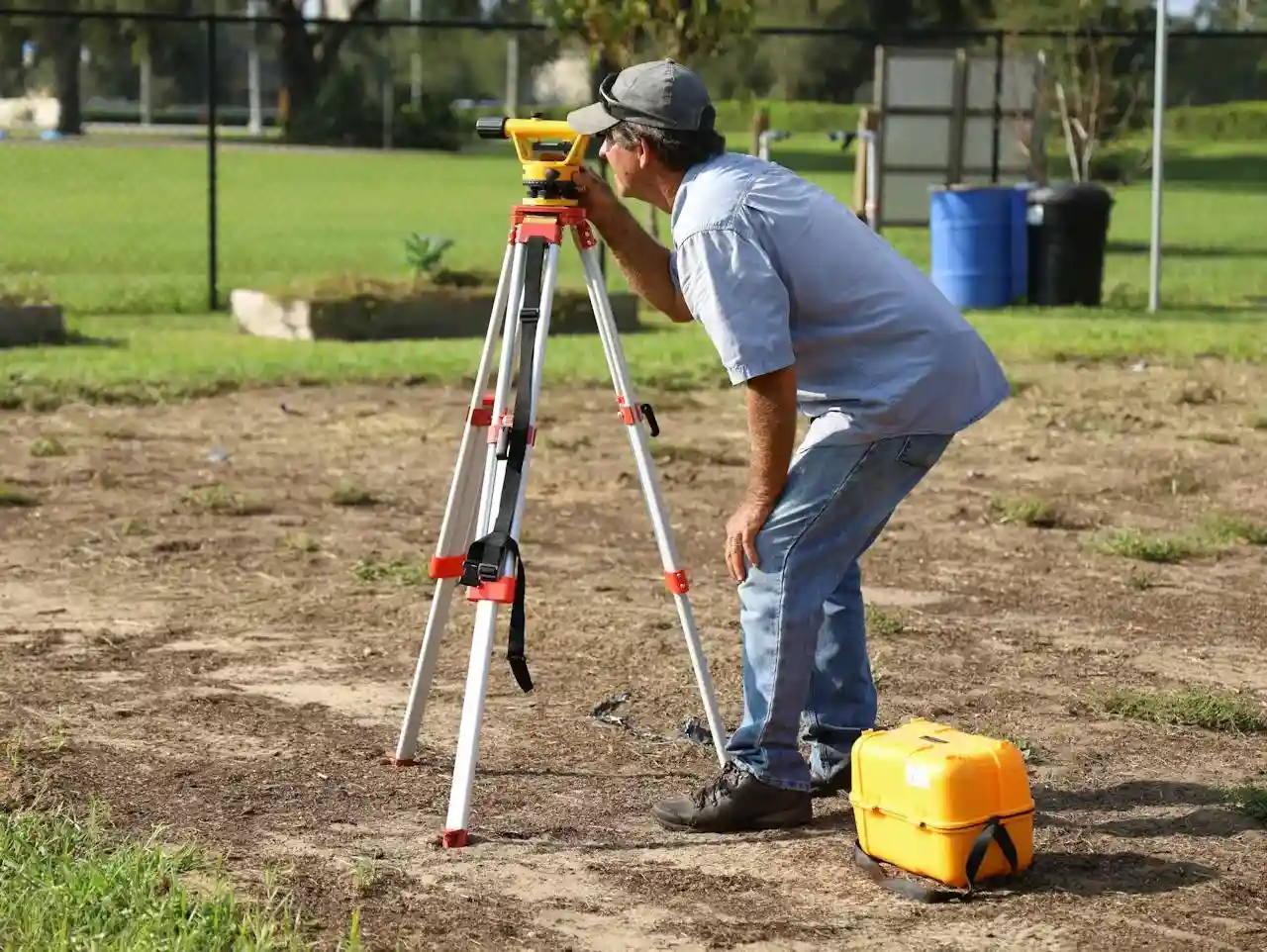1Guntha to Square Feet Measurement: A Comprehensive Guide
When it comes to real estate and land transactions, understanding the precise measurements of a piece of land is crucial. In different parts of the world, various measurement units are used to determine land area. In India, one such unit is the Guntha, which plays a significant role in real estate transactions, particularly in states like Odisha, Maharashtra, Gujarat. In this comprehensive guide, we will explore the concept of Guntha measurement, and its conversion that is 1Guntha to Square Feet Measurement also its significance, and how it is calculated.
| 1 Guntha | 0.025 Acre |
| 40 Gunthas | 1 Acre |
| 1 Guntha | 101.17 sq m |
| 1 Guntha | 1,089 sq ft |
What is a Guntha?
A Guntha is a traditional unit of land measurement primarily used in the Indian subcontinent. It is a local measurement unit and is not recognized as an official unit of measurement by the Indian government. However, it continues to be widely used, especially in the states of Maharashtra and Gujarat.
Understanding the Guntha Measurement
A Guntha is typically a smaller unit of land measurement compared to other standardized units like acres or square meters. It is often used in rural areas and for agricultural land transactions. The exact size of a Guntha can vary depending on the region, but it is approximately equal to 1/40th of an acre. To put it in perspective, one acre is equivalent to 40 Gunthas.
Calculating Guntha Measurement
Calculating the Guntha measurement is relatively straightforward, as it’s based on the square footage of a piece of land. Here’s a step-by-step guide on how to calculate Guntha:
a. Measure the length and breadth of the land plot in feet.
b. Multiply the length and breadth to find the total square feet.
c. Divide the total square feet by 1089 (1 acre = 43,560 square feet, and 1 acre = 40 Gunthas) to determine the land’s Guntha measurement.
For example, if you have a land plot that is 2,160 square feet, the Guntha measurement would be calculated as follows:
2,160 square feet ÷ 1089 = 1.98 Gunthas
So, the land plot is approximately 1.98 Gunthas.
Significance of Guntha Measurement
Understanding the significance of Guntha measurement is crucial for those involved in real estate and land transactions in regions where it is commonly used. Here are some key reasons why Guntha measurement is important:
a. Local Tradition: Guntha measurement is deeply rooted in local traditions and practices, making it a standard unit for land measurement in certain areas.
b. Precision: In rural and semi-urban regions, using Guntha as a measurement unit helps provide a more precise measurement for smaller land plots.
c. Agriculture: Given its historical connection to agricultural land, Guntha measurement is particularly relevant for farmers and those involved in agricultural activities.
d. Taxation: Some regions use Guntha measurements for property tax calculations, making it essential for homeowners and landowners.
e. Legal Implications: Understanding the Guntha measurement is essential when dealing with land-related legal matters and property transactions in regions where it is in use.
Variations in Guntha Measurement
It’s important to note that the Guntha measurement may vary from one region to another within India. While the standard conversion is 1 acre = 40 Gunthas, local customs and historical practices can influence the specific Guntha measurement used in a particular area. Therefore, it’s essential to consult with local authorities or professionals experienced in regional land measurements for precise information.
Conclusion
Guntha measurement is a traditional unit of land measurement used primarily in the Indian states of Odisha, Maharashtra and Gujarat. While it is not officially recognized by the Indian government, it continues to play a significant role in land transactions, especially in rural and semi-urban areas. Understanding how to calculate Guntha and its significance is essential for anyone involved in real estate, agriculture, or land-related transactions in regions where it is commonly used. Keep in mind that Guntha measurements can vary from place to place, so local expertise is crucial for accurate measurements and legal compliance.

